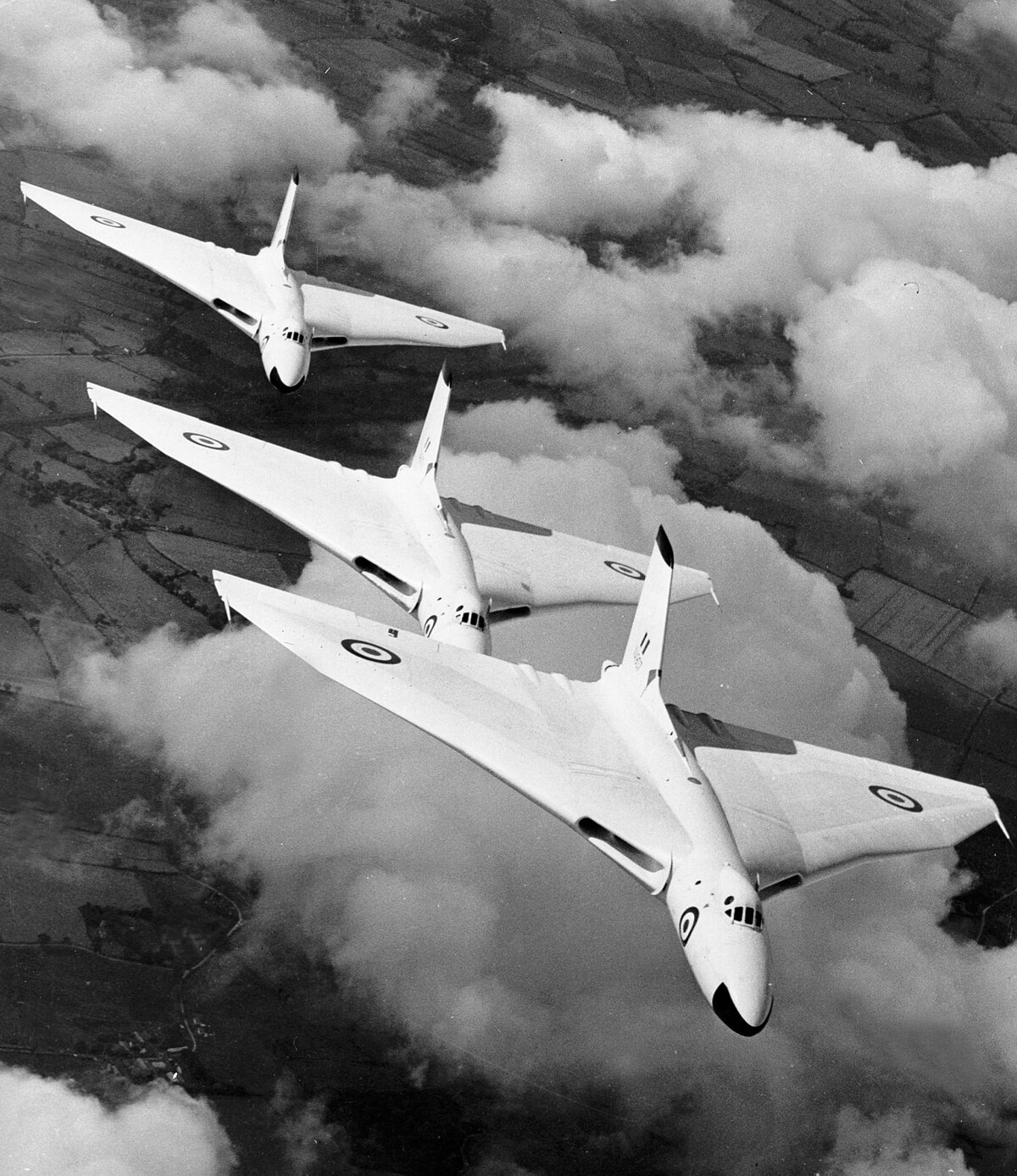Donivanp
Lieutenant Colonel
Never thought the Vulcan was that big. Might be the angles but it looks quite a bit larger than I recall.
Follow along with the video below to see how to install our site as a web app on your home screen.
Note: This feature may not be available in some browsers.
Ad: This forum contains affiliate links to products on Amazon and eBay. More information in Terms and rules
Never thought the Vulcan was that big. Might be the angles but it looks quite a bit larger than I recall.
Sure was cold in the back when up high though. Kadena to MaClellen, 1967.Wow! My heart skipped a beat seeing all those C-141s (definitely "A"s). I recognized number 6077 as a plane I once flew! Great aircraft. Sometimes difficult to launch from home base, lots of systems, but once weight was off the wheels it would take you all over the world and back with not a whisper of problems. Those TF33 engines were great. The C-141A was over powered (its had as much thrust on three engines as the KC-135, with water, on four, and grossed out at the same weight). We almost always maxed space before we maxed weight, which led to the "B", increased load by 30%. Broke my heart seeing them being cut up. Moving up from the T-38 flight planning, which we counted fuel by the pintto "weather is marginal at landing? Put on another 20k pounds of fuel, we'll find somewhere to land."
I flew on 53-33133 in the early 1970's at Air Force Cambridge Research Labratories during "Severe weather penetration", weather modafication, ABRES missions and other meterological research studies as a "project crew member". Best job I ever had.
Didn't know the Vulcan was once painted in those colours, is there a reason for it?
Didn't know the Vulcan was once painted in those colours, is there a reason for it?

I remember when Chuck was killed in the crash of another Grumman product...an Avenger of all things. RIPView attachment 702272
Tomcat No. 3, with Grumman's Chief Test Pilot, Chuck Sewell, at the controls. During aircraft testing, several flights were flown with the right wing locked in the forward position of 20 degrees, and the left wing at 35, 50, 60 and 68 degrees of sweep in flight. Amazingly, it was discovered that in the event of an operational in-flight malfunction, the Tomcat would remain controllable enough for carrier landing in this configuration.
source Jet & Prop by FalkeEins